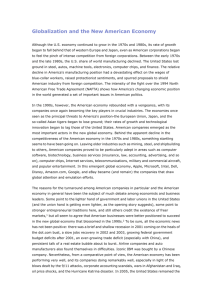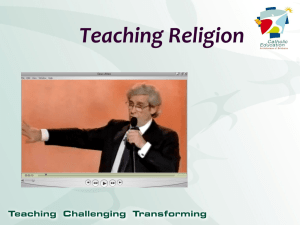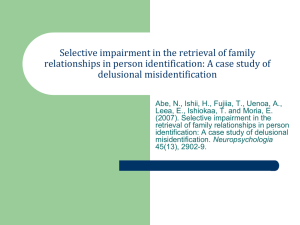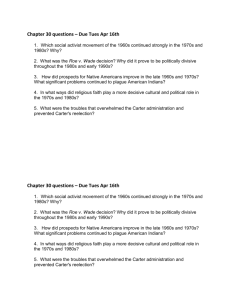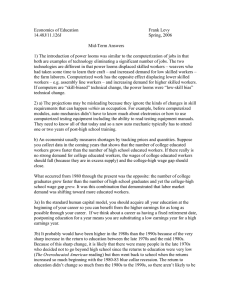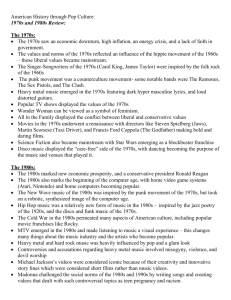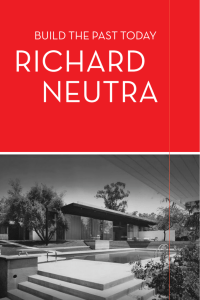summary
advertisement
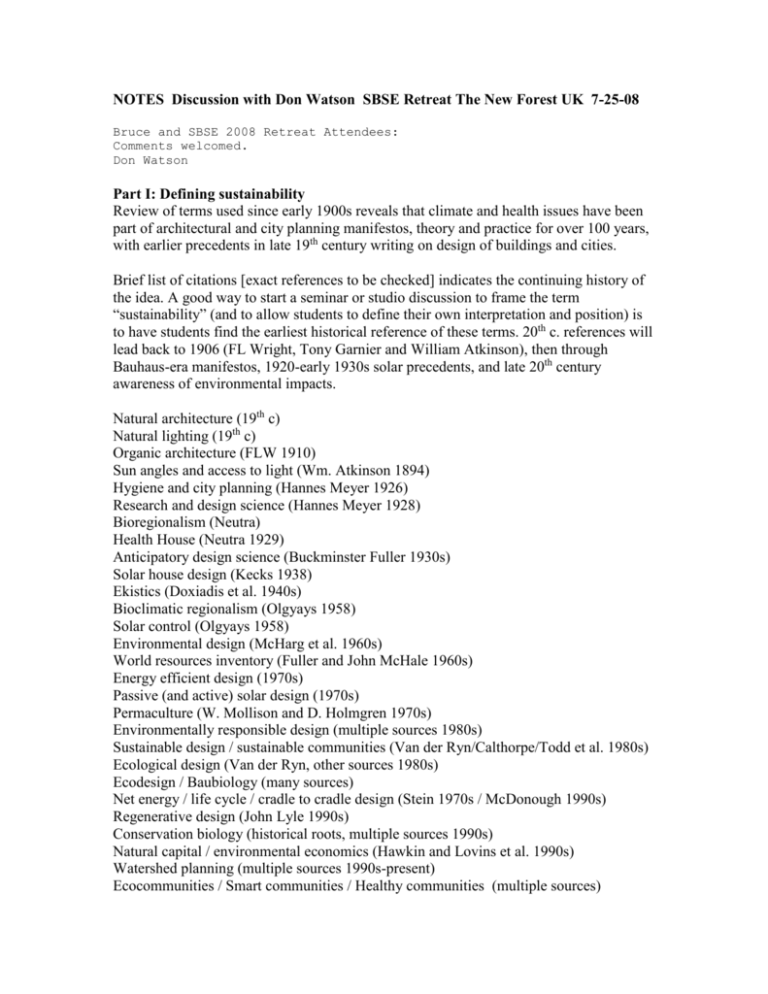
NOTES Discussion with Don Watson SBSE Retreat The New Forest UK 7-25-08 Bruce and SBSE 2008 Retreat Attendees: Comments welcomed. Don Watson Part I: Defining sustainability Review of terms used since early 1900s reveals that climate and health issues have been part of architectural and city planning manifestos, theory and practice for over 100 years, with earlier precedents in late 19th century writing on design of buildings and cities. Brief list of citations [exact references to be checked] indicates the continuing history of the idea. A good way to start a seminar or studio discussion to frame the term “sustainability” (and to allow students to define their own interpretation and position) is to have students find the earliest historical reference of these terms. 20th c. references will lead back to 1906 (FL Wright, Tony Garnier and William Atkinson), then through Bauhaus-era manifestos, 1920-early 1930s solar precedents, and late 20th century awareness of environmental impacts. Natural architecture (19th c) Natural lighting (19th c) Organic architecture (FLW 1910) Sun angles and access to light (Wm. Atkinson 1894) Hygiene and city planning (Hannes Meyer 1926) Research and design science (Hannes Meyer 1928) Bioregionalism (Neutra) Health House (Neutra 1929) Anticipatory design science (Buckminster Fuller 1930s) Solar house design (Kecks 1938) Ekistics (Doxiadis et al. 1940s) Bioclimatic regionalism (Olgyays 1958) Solar control (Olgyays 1958) Environmental design (McHarg et al. 1960s) World resources inventory (Fuller and John McHale 1960s) Energy efficient design (1970s) Passive (and active) solar design (1970s) Permaculture (W. Mollison and D. Holmgren 1970s) Environmentally responsible design (multiple sources 1980s) Sustainable design / sustainable communities (Van der Ryn/Calthorpe/Todd et al. 1980s) Ecological design (Van der Ryn, other sources 1980s) Ecodesign / Baubiology (many sources) Net energy / life cycle / cradle to cradle design (Stein 1970s / McDonough 1990s) Regenerative design (John Lyle 1990s) Conservation biology (historical roots, multiple sources 1990s) Natural capital / environmental economics (Hawkin and Lovins et al. 1990s) Watershed planning (multiple sources 1990s-present) Ecocommunities / Smart communities / Healthy communities (multiple sources) Biomimcry (multiple sources current) Carbon neutral / zero carbon / carbon sequestering (multiple: what is first citation?) Emergency preparedness / disaster mitigation (multiple sources emerging concerns) Part II: Being the change Leadership through research and innovation is exemplified in the Vital Signs/ Change Agent project under taken by SBSErs Chris Benton and Alison Kwok, among others [insert full references please!]. Projects such as the proposed Carbon-neutral design studio within schools of architecture can serve as catalysts for change and innovation. A rough (and unedited) framework below is presented for discussion. It indicates a range of catalyst examples and opportunities, progressing from curricula and academic-based research as foundation and vertically through practice and policy initiatives. The advantage of viewing catalysts in broad scope is to see how they can interact and reinforce one another. The proposed Carbon Zero Design Studio project can link to and build upon these catalysts. LEVEL OF ENGAGEMENT Catalyst EXAMPLES (representative only)* POLICY / INSTITUTIONAL Many policy innovations PRACTICE Design/Product innovation Many examples, including: WRI greenhouse gas protocols LEED and other rating systems Yellowstone Business Partnership Many examples / demonstrations Design competitions “skunk works R&D” in A&E offices Peer consult (multidisciplinary) Rapid prototyping / synectics SDSC (Ehrenkrantz 1960s) DoE Passive Comm. Demon. (1980s) Design charrettes (RUDATs & SDATs) Castle Instit. Omaha (W.C. Steward) Urban Design Workshop (Yale) Chattanooga (Univ. Tenn.) ReBuild Greensburg (U. Kansas) Vital Signs / Agents of Change PROBE (UK) Research Centers at Universities RPI Center Arch Studies (CAS) Carbon Neutral Design Studio • Interdisciplinary • Landscape / building integration • Research/design studio formats Sustainability seminar (University) Other curriculum reform examples: • Technology/Design integration • Biomimicry as basic design • Environmental science prerequisite Process innovation Community development Community Design Centers Documentation/ Case study POST PROFESSIONAL R&D clinical practices ARCH. EDUCATION Curriculum reform * Listing is “back of envelope” and includes some examples discussed at SBSE Retreat. Comments and suggestions are welcomed. Don Watson <lakesideDJ@aol.com
